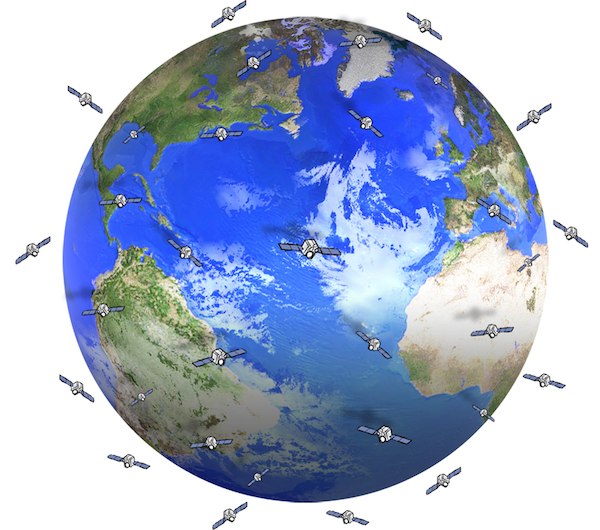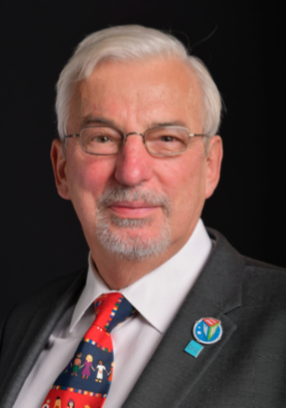 |
| Nicholas Rui |
1. What made you interested in studying star clusters?
I was always somewhat interested in astrophysics as a child, as it seemed fantastical to me that humans would be able to gain so much intuition about the cosmos from our humble vantage point of Earth. My first research project ever, in fact, was on a dissolving star cluster near the center of the galaxy called the Quintuplet cluster, and at that time I was introduced to the fascinating dynamics that govern astrophysical objects such as these.
2. What are some interesting facts about star clusters that you have learned from studying them?
When we take our first classes in physics, one of the first things we learn is Newton's Universal Law of Gravitation, which describes a straightforward attractive force between any two objects with mass. Even though the law, at first, sounds superficial (and a bit boring), it turns out that there are some strange consequences of gravity which appear when you have millions of objects all interacting under gravity. For example, when you add energy to a normal material, you cause the atoms within it to jiggle around faster (thus raising its temperature). However, in gravitationally bound systems like star clusters, adding energy actually causes the stars in the cluster to slow down—star clusters have negative heat capacity. This causes star clusters to undergo runaway "core collapses" during which the number of stars in the cluster core rockets up, producing a dense region where stars interact very often.
3. What are the best parts of your job? What are the hardest parts of your job?
The best parts of my job are where, after a very long period of work, my code finally outputs that coveted plot outlining the answer to the question that I was asking, and being able to weave it into a coherent physical picture. The hardest parts are, of course, some of the moments in between where I am wrestling with some code bug, or when I am struggling to word a sentence in a precise enough way to communicate some physical phenomenon without going too deep into the weeds. You learn to take the good with the bad, but I promise the good is worth it.
4. What advice would you give to people who want to study star clusters?
Perhaps the most important thing for people who know they want to do astronomy is to learn how to code. When people think about what astronomers do, they often imagine rough-and-ready eccentrics pointing their backyard telescopes at Saturn, and it's true that some of us do this some of the time. However, especially in the age of big data, one of the primary jobs of the astrophysicist is making sense of the data that we obtain, and this requires being able to deal with it efficiently and with insight. Also, never give up your curiosity.
5. What current projects are you working on?
5. My most recent project has been on matching real star clusters that we actually observe to simulated star clusters based off of the brightness of the star clusters, as well as the velocities of those in the star cluster. Even though we can't see things like black holes, provided we trust our models, we can figure out how many black holes we expect to be inside a star cluster based off of things that we can measure.
Want to learn more about Nicholas Rui and star clusters? Join us on Wednesday, November 13, 2019 at Terra Linda High School from 7:30 PM - 8:30 PM in Room 207!
Learn more at
http://marinscienceseminar.com/star-clusters-many-body-gravitational-laboratories-with-nicholas-rui-of-uc-berkeley/?fbclid=IwAR1ERJwOkle3T2BDiTG6OwX_F1AF4mua2XBTqO2LOkgfKi71c31SIReoDSE, https://nicholasrui.com/research/, https://physics.berkeley.edu/research/astrophysics, and https://www.facebook.com/events/2562215153873238/


















